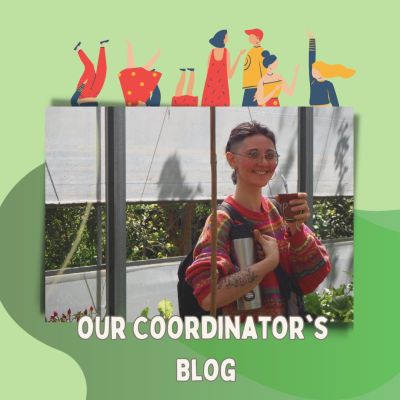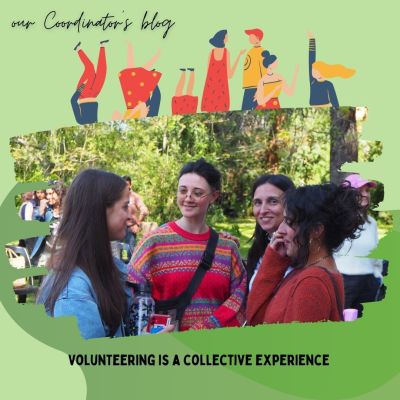After what seems to be a long period of depressing wet and damp weather, Buenos Aires will once again transform as verano or summer begins later this month! In preparation for all the fun in the sun, we’ve collected a list of 10 activities you need to check out.
1. Buenos Aires Playas: The cultural department of the government hosts these ‘urban beaches’ all over the city. Although there isn’t an updated website, take a look at information about last year’s playas urbanes program here.
2. Concert in the Park: Also through the city government are a variety of local concerts all over Buenos Aires. To see which barrios (neighborhoods) these concerts take place, check out this website.
3. Film Festivals: When the weather during the day is beautiful, so are the evenings. Bring a chair or blanket and watch some films under the stars. For information about film festivals and other events check out Vuenoz Aires.
4. Get a kilo of Ice Cream or Gelato: Nothing says welcome summer like an ice cream cone! Well in Buenos Aires you cannot go wrong when it comes to helado (ice cream) or gelato since there’s a shop on almost every city block. Remember, when ordering many portenos get as much as one kilo at a time so splurge and enjoy! For recommendations on the ‘best’ heladerias and gelaterias visit Gringo in Buenos Aires.
5. Carnival in Buenos Aires: The famous Brazilian tradition carries on in many places across the world including Buenos Aires. This February check out some of the events to celebrate.
6. Take a Bike Ride or Long Walk at the Reserve: Most people prefer to be outside when there’s nice weather so go visit the Reserva Ecológica Costanera Sur next to Puerto Mandero. This expansive area has plenty of plants, wildlife, and tranquility making you feel like your no longer in the city. We suggest renting a bike or taking a long walk around. More information can be found here.
7. Have a picnic: It’s simple, easy to do and a great shared experience. Pick a park in the city, go to the nearest market or delicatessen (deli) to get something to eat/drink, bring a blanket and invite a friend or loved one to join you!
8. Visit El Zanjón de Granados in San Telmo: When it gets to be too hot and sticky, check out the El Zanjón de Granados, the underground tunnel system in San Telmo. Learn about interesting local history and stay cool. For more information check out TripAdvisor.
9. Go to Mar de Plata: Even though this isn’t in Buenos Aires it’s still worth it going there for a weekend. During the summer season, many porteños make a trip to Mar de Plata every summer to get away and relax.
10. Day Trip to Tigre: In the northern part of Buenos Aires there’s an area called Tigre known for the proximity to the river Delta. Tigre is best on a sunny day especially to take a barca (boat) ride. Other things to do here include the nature reserve, the naval museum and walking around town. Check out this website on how to plan your trip!






